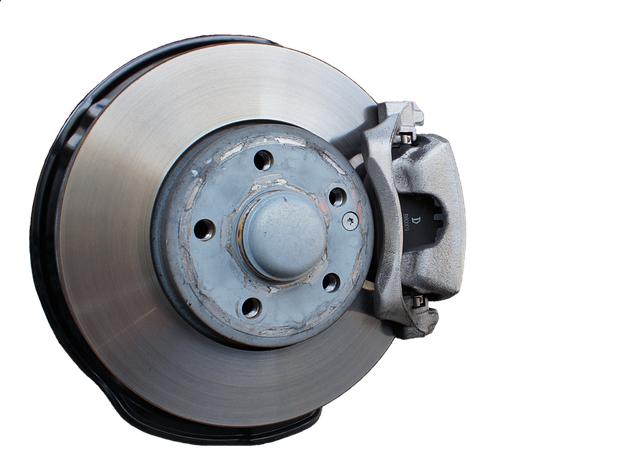In the intricate symphony of your car’s mechanics, brake calipers play a subtle yet crucial role—often unnoticed until they’re needed most. These unassuming components work tirelessly behind the scenes, transforming your foot’s gentle press into the powerful force that brings your vehicle to a halt. Understanding the role of brake calipers not only sheds light on how your car maintains control and safety but also reveals the precision engineering that keeps every journey smooth and secure. In this article, we’ll explore the vital function brake calipers serve and why they deserve more appreciation than a mere passing glance under the wheel.
Table of Contents
- The Heart of Your Braking System Unveiled
- Materials and Design that Shape Performance
- How Brake Calipers Influence Stopping Power
- Signs Your Brake Calipers Need Attention
- Choosing the Right Brake Calipers for Your Vehicle
- Maintenance Tips to Prolong Brake Caliper Life
- Q&A
- Concluding Remarks

The Heart of Your Braking System Unveiled
At the core of every effective braking system lies a component that often goes unnoticed until it’s too late: the brake caliper. This crucial part acts much like a clamp, pressing the brake pads against the rotors to slow your vehicle safely and efficiently. Without the precise movement and strength of the calipers, stopping your car would be a dangerously uncertain task. They translate your foot’s pressure from the brake pedal into the mechanical force that grips the wheel, ensuring smooth and controlled deceleration.
Brake calipers come in different types, each designed to optimize performance based on vehicle specifications and driving needs. The primary categories include:
- Floating Calipers: These move in and out relative to the rotor and are common in most passenger vehicles.
- Fixed Calipers: Mounted directly, these calipers provide more even pressure and are often found in sports or high-performance cars.
| Caliper Type | Weight | Performance |
|---|---|---|
| Floating | Light | Efficient for everyday use |
| Fixed | Heavy | High responsiveness and power |
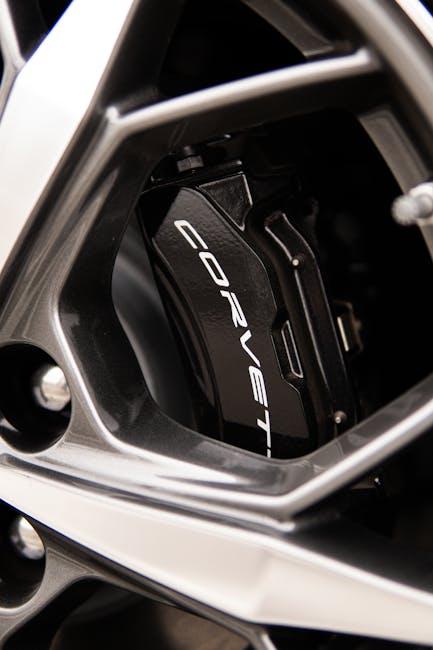
Materials and Design that Shape Performance
Brake calipers are engineered with precision, employing materials that balance strength, weight, and heat resistance. Most calipers are crafted from advanced aluminum alloys, prized for their lightweight properties which reduce unsprung mass and improve handling dynamics. Some high-performance models utilize forged aluminum or carbon composites, delivering enhanced durability and heat dissipation capabilities necessary for rigorous driving conditions. The design intricacies extend to the pistons within the caliper, where materials like stainless steel or phenolic composite ensure consistent pressure and thermal stability, preventing brake fade during intense use.
Design innovations also play a pivotal role in how effectively brake calipers perform. Modern calipers often feature multi-piston setups, increasing clamping force and distributing pressure evenly across the brake pads. This results in more efficient braking, reduced pad wear, and better modulation. Additionally, the caliper’s architecture incorporates ventilation channels and strategically placed cooling fins to optimize airflow and dissipate heat quickly. Below is a summary highlighting key materials and design elements:
| Component | Material | Design Feature | Performance Benefit |
|---|---|---|---|
| Caliper Body | Aluminum Alloy/Forged Aluminum | Lightweight & Strong | Improved Handling & Heat Resistance |
| Pistons | Stainless Steel/Phenolic Composite | Precision & Thermal Stability | Consistent Pressure & Reduced Brake Fade |
| Pistons Quantity | Varies (2-6+) | Multi-Piston Configuration | Enhanced Braking Force & Pressure Distribution |
| Cooling Features | Aluminum Fins & Vent Channels | Heat Dissipation | Prevents Overheating & Maximizes Performance |

How Brake Calipers Influence Stopping Power
Brake calipers act as the silent enforcers in your vehicle’s braking system, directly controlling how efficiently your car responds when you press the pedal. By applying precise pressure to the brake pads, they clamp onto the rotors with the goal of converting your car’s kinetic energy into heat through friction. This process is fundamental for reducing speed and coming to rests safely. High-quality calipers ensure smooth, even pressure distribution, which not only optimizes stopping distance but also enhances pedal feel and driver confidence.
Several factors influence the performance of calipers, such as their design, material, and number of pistons. Consider these elements that affect your stopping power:
- Single-piston vs. multi-piston: Multi-piston calipers offer stronger and more balanced clamping force.
- Material composition: Lightweight alloys improve heat dissipation and reduce unsprung weight.
- Caliper size: Larger calipers typically provide better leverage on the brake pads.
| Caliper Type | Key Feature | Stopping Efficiency |
|---|---|---|
| Single-Piston | Simple design | Moderate |
| Dual-Piston | Better pressure balance | Good |
| Multi-Piston | Enhanced grip and heat control | Excellent |
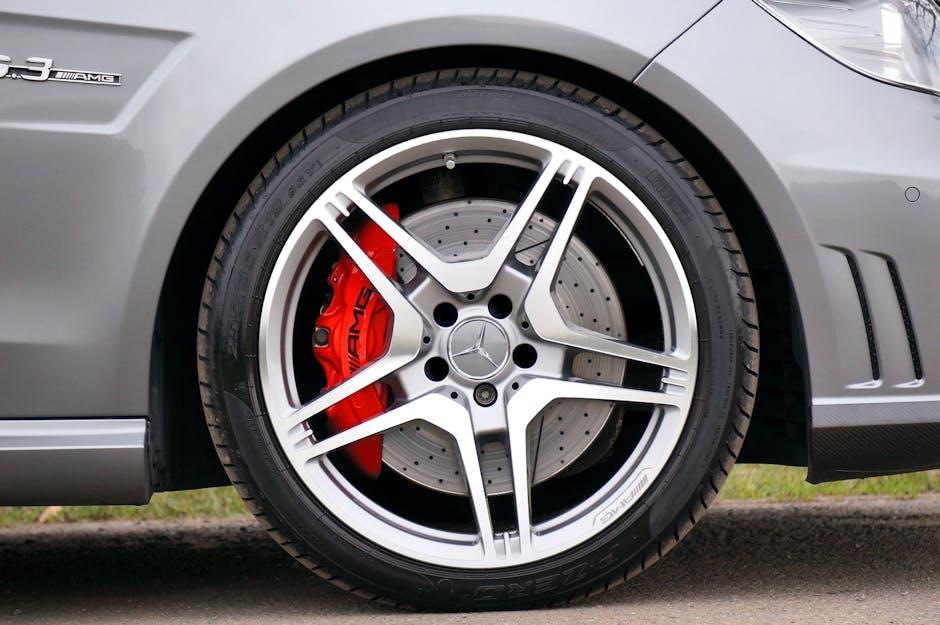
Signs Your Brake Calipers Need Attention
Unusual noises like grinding, squeaking, or metallic scraping often hint that your brake calipers might be struggling. These sounds typically emerge when worn pads or damaged caliper parts fail to move smoothly. If you notice these noises when applying the brakes, it’s a clear sign to have your brakes inspected immediately.
Another key indicator is uneven brake pad wear, which can cause your vehicle to pull to one side when stopping. This imbalance often results from a caliper that is sticking or failing to apply pressure evenly. You might also feel a soft or spongy brake pedal, which signals a possible fluid leak or malfunction within the caliper mechanism. Paying attention to these symptoms helps ensure your braking system remains reliable and safe.
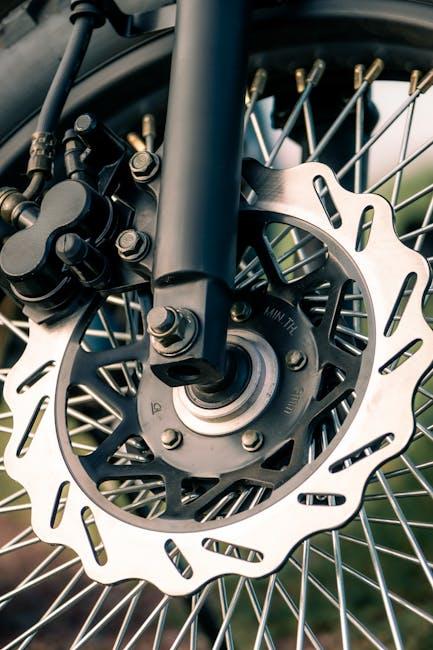
Choosing the Right Brake Calipers for Your Vehicle
Selecting the perfect brake calipers involves understanding your vehicle’s specific needs and driving habits. Not all calipers are created equal; they vary in size, material, and design, which directly affect their performance and durability. For example, single-piston calipers are generally lighter and suitable for everyday driving, while multi-piston calipers offer enhanced stopping power ideal for performance vehicles or heavy-duty use. Considering factors such as heat dissipation, corrosion resistance, and pad compatibility will also help ensure optimal braking efficiency and longevity.
When choosing brake calipers, keep in mind the balance between performance and maintenance. High-performance calipers may provide better stopping power but could require more frequent servicing and cost more upfront. Below is a quick guide to help you compare common caliper types:
| Caliper Type | Best For | Pros | Cons |
|---|---|---|---|
| Single-Piston | Daily driving, light vehicles | Lightweight, economical | Limited braking force |
| Dual-Piston | Mid-range performance cars | Improved clamping force | Moderate cost and weight |
| Multi-Piston | Sports and heavy vehicles | Superior stopping power | Higher cost, complex maintenance |
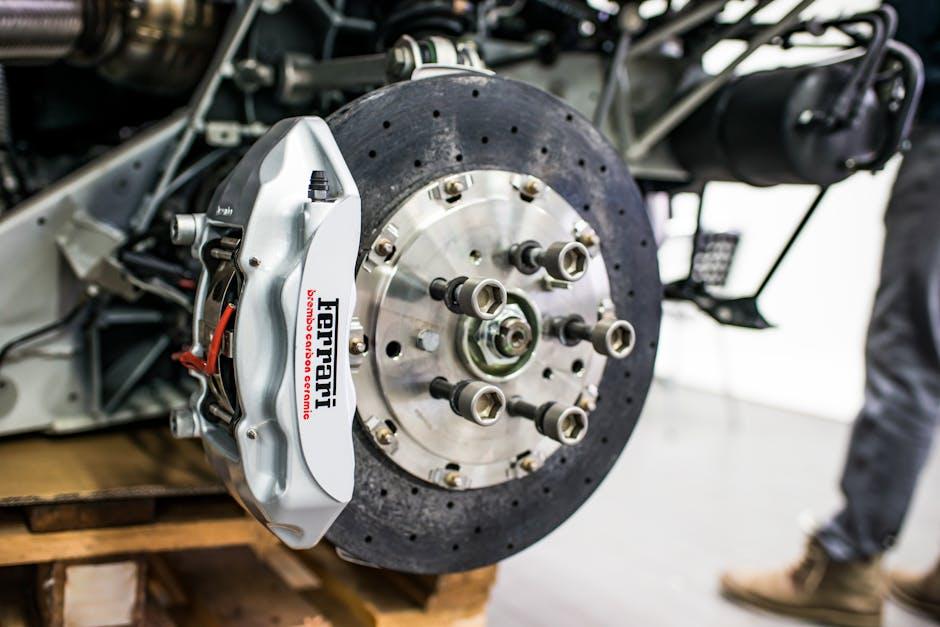
Maintenance Tips to Prolong Brake Caliper Life
To maximize the lifespan of your brake calipers, regular inspection and simple care routines are essential. Begin by ensuring the brake fluid is flushed and replaced according to your vehicle manufacturer’s recommendations. Contaminated or low-quality brake fluid often leads to internal corrosion, which can prematurely degrade caliper components. Additionally, keep the calipers clean by removing dirt and debris, especially around the pistons and slide pins, to prevent sticking or uneven wear. Lubricate the slide pins with a high-temperature, brake-specific grease to keep the caliper’s movement smooth and consistent.
Practical steps to maintain your calipers include:
- Scheduling routine brake inspections
- Checking for uneven brake pad wear
- Replacing worn or damaged rubber components like dust boots
- Avoiding long periods of inactivity to prevent rust build-up
Observe these maintenance habits, and your calipers will provide not only durable performance but also improve overall brake responsiveness, ensuring safety with every stop.
| Maintenance Task | Frequency | Benefit |
|---|---|---|
| Brake Fluid Replacement | Every 2 years | Prevents corrosion inside calipers |
| Caliper Cleaning & Lubrication | Every 12 months | Ensures smooth piston movement |
| Rubber Seal Inspection | During each brake service | Prevents dirt and moisture ingress |
Q&A
Q&A: The Role of Brake Calipers in Your Car
Q1: What exactly is a brake caliper, and where is it located?
A brake caliper is a crucial component of your car’s disc braking system. It sits snugly over the brake rotor (the disc) attached to each wheel. Imagine it as the clamp that squeezes the brake pads onto the spinning rotor to slow down or stop your vehicle.
Q2: How does a brake caliper work during braking?
When you press the brake pedal, hydraulic fluid in the brake lines pushes pistons inside the caliper. These pistons squeeze the brake pads against the rotor, creating friction. This friction converts your car’s kinetic energy into heat, effectively slowing down your ride.
Q3: Why are brake calipers important for vehicle safety?
Brake calipers are the gatekeepers of stopping power. Without them applying pressure to the pads, your car wouldn’t slow down efficiently. A malfunctioning caliper can lead to uneven braking, longer stopping distances, and even brake failure, putting you and others at risk.
Q4: Are there different types of brake calipers?
Yes! The two most common types are:
- Floating (or sliding) calipers: These have pistons on one side and move back and forth to press the pads against the rotor.
- Fixed calipers: Mounted rigidly, they have pistons on both sides for more uniform pressure and better performance, often found in performance or luxury vehicles.
Q5: How do you know if your brake calipers need attention?
Signs of trouble include:
- A pulling sensation to one side while braking
- Reduced braking response or spongy brake pedal
- Unusual noises like grinding or squealing
- Visible fluid leaks around the wheel area
If you notice these clues, it’s time for a brake check.
Q6: Can brake calipers be repaired or do they always need replacement?
It depends on the issue. Sometimes calipers can be rebuilt by replacing seals or pistons. However, if they’re severely corroded, leaking, or damaged, replacement is safer and smarter.
Q7: How often should brake calipers be inspected?
A good rule of thumb is to have your brakes inspected at least once a year or every 12,000 miles. Regular checks by a professional can catch caliper problems before they escalate.
Q8: Do brake calipers affect fuel efficiency?
Indirectly, yes. If calipers are sticking or not releasing properly, they create drag on the wheels, forcing your engine to work harder and using more fuel. Properly functioning calipers help maintain smooth and efficient driving.
Q9: What maintenance can help prolong the life of brake calipers?
Keeping the brake system clean, using quality brake fluid, and addressing any brake issues promptly are key. Also, avoid riding your brakes unnecessarily, as excessive heat and wear strain the calipers.
Q10: In summary, why should every driver care about brake calipers?
Brake calipers might work quietly behind the scenes, but they are vital for your control and safety on the road. Understanding their role helps you appreciate your car’s braking system and encourages timely maintenance to keep every stop safe and smooth.
Concluding Remarks
In the intricate dance of automotive engineering, brake calipers may not be the flashiest performers, but their role is undeniably vital. These unassuming components are the silent guardians of safety, translating the driver’s command into decisive stopping power. Understanding the function and importance of brake calipers not only deepens our appreciation for the mechanics beneath the hood but also reminds us to give these hardworking parts the attention they deserve. After all, when it comes to keeping you safe on the road, every brake caliper counts.

